We caught up with the brilliant and insightful Beth MacNeil Stinson a few weeks ago and have shared our conversation below.
Alright, Beth thanks for taking the time to share your stories and insights with us today. Do you think your parents have had a meaningful impact on you and your journey?
My parents and grandparents always gave me art supplies, from coloring books and paint-by-numbers to my first real watercolor set. They encouraged me to take lessons from local artists and paid for the lessons I couldn’t fund by babysitting. They allowed me to skip a grade in high school and go to art school in New York. That year in New York, was unforgettable!
I transferred schools after my first year for several reasons, including financial. I think that was another bit of valuable life experience my parents gave to me. Realism and compromise between supporting myself and living the life of a “struggling” (poor) artist. They encouraged me to find a path that allowed me to be creative and pay my own way. And I did.
My dad died before I started seriously making art again. I know he would have been so proud that I found my way back to being an artist. My mom, well into her 80’s, traveled to Maryland to attend my first show opening this year. I have always appreciated everything my parents have taught me and shared with me. I hope I have passed down some of those lessons to my children, and hopefully someday, to my grandchildren.
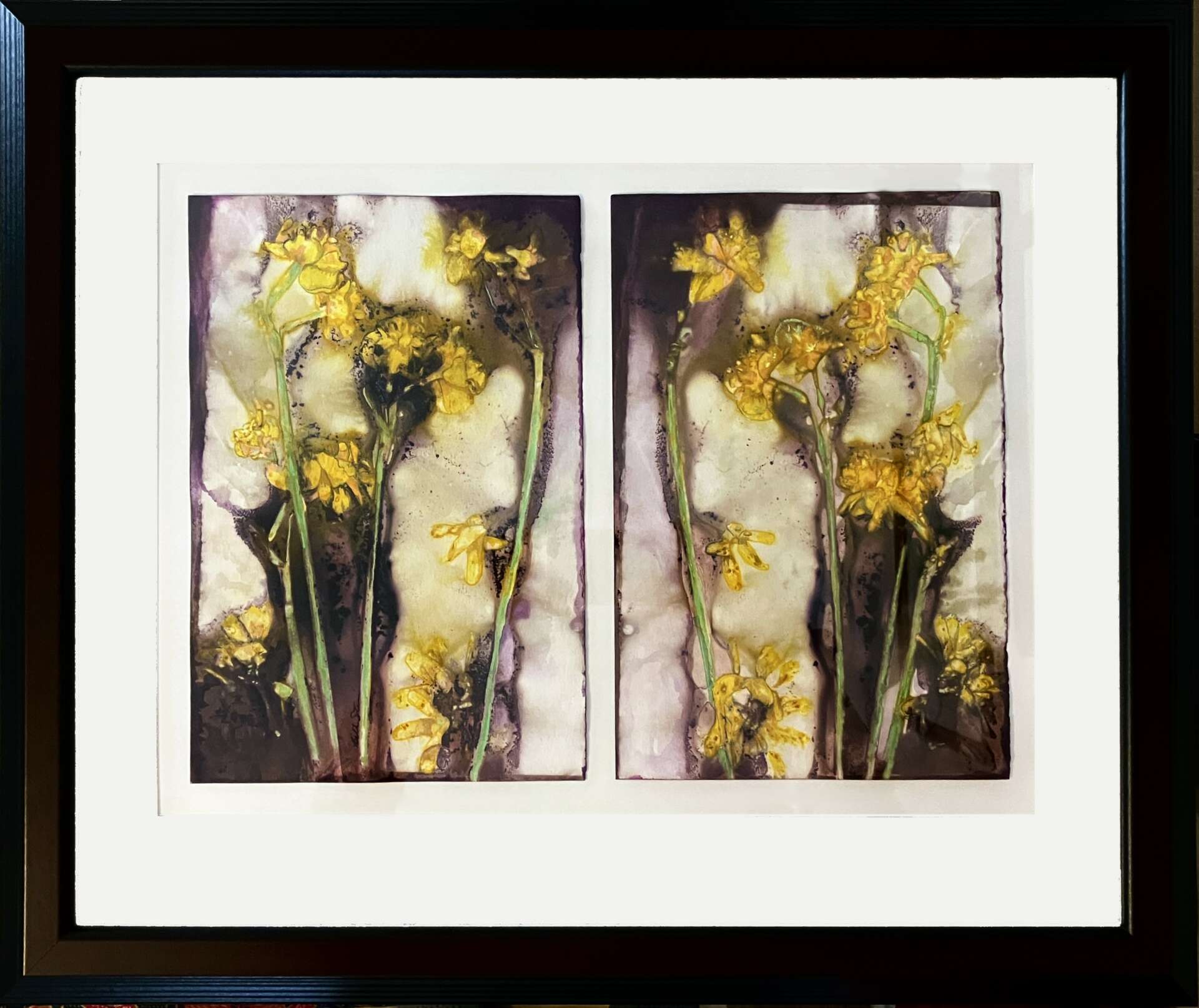
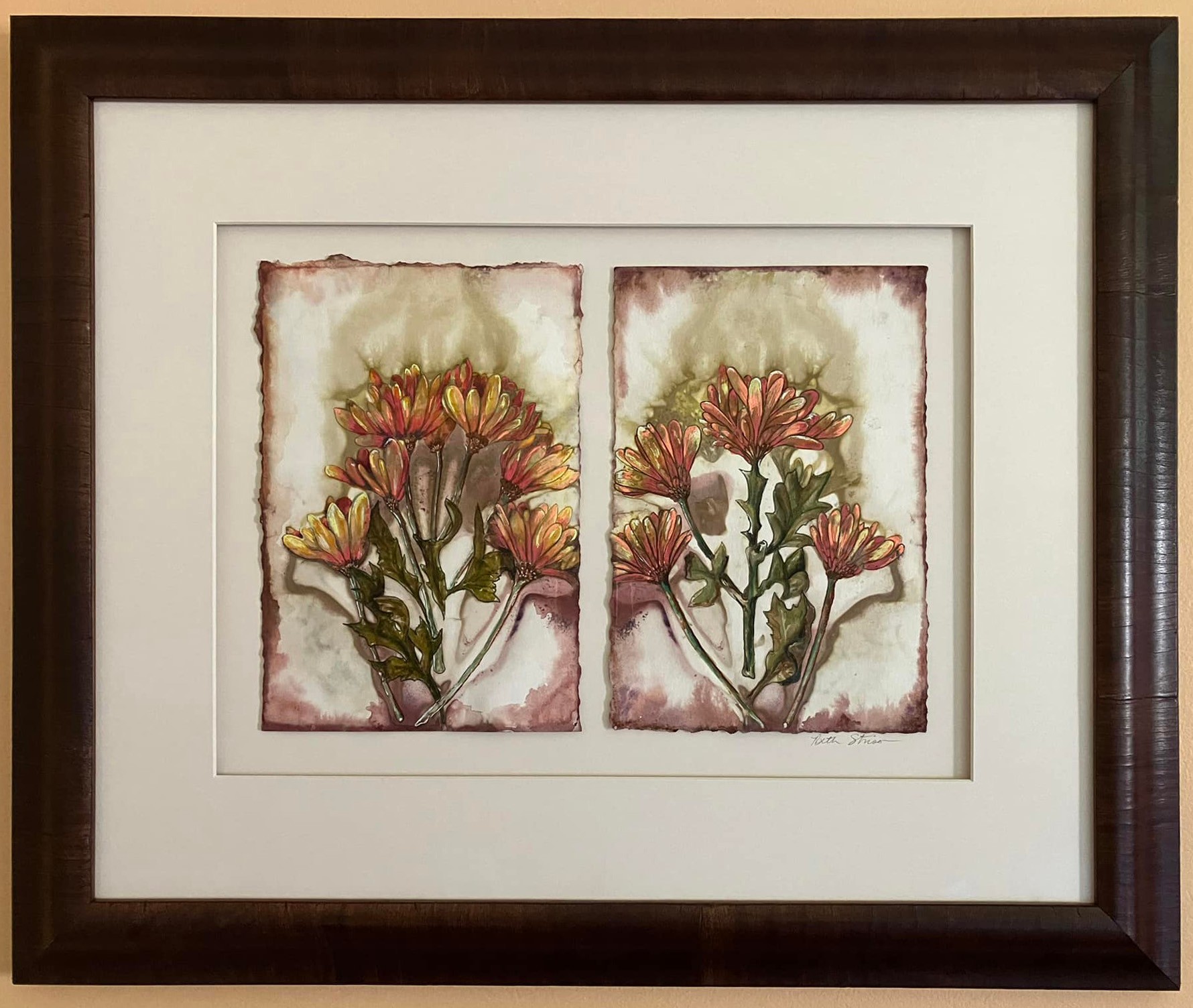
Beth, before we move on to more of these sorts of questions, can you take some time to bring our readers up to speed on you and what you do?
I think I’ve always been a creative. I started off as a visual artist. As a child I was always “making things,” my mom called it. I traded babysitting for art lessons with a local painter. I went to art school for a year, transferred to a university, and then went on to get a masters in printmaking and photography – all well before the digital revolution. I had some mild success in shows around the country but couldn’t make a living. So, I became a teacher. For over a decade, I ran darkrooms and audio-visual services for seven colleges and universities, and taught the History of Photography, Darkroom Techniques for Black and White Photography, and Hand Coloring Photographs.
The internet happened. I fully embraced the digital world, excited by the opportunity for innovation and reinvention. I combined my graphic arts sensibilities with my teaching experience and became an instructional designer. During my 30-year career, I have worked across multiple industries, and with international teams. I have designed curricula, websites, presentations, and online courses on various subjects, including accessibility, public speaking, user experience, technical writing, cyber security, and construction safety.
COVID happened. The isolation and need for an outlet gave birth to another reinvention – or really back to my first, and I became a visual artist again.
Currently, I work in mixed media combining ink, dye, watercolor, and gauche on paper to illustrate botanical images. I use flowers and other plants in my process, capturing their impressions as they react to the dyes and paper. I then use paint and ink to bring out the essential impressions of the plant in its surroundings.
What I am most proud of is my adaptability and curiosity. I have figured out how to attune to an unfamiliar environment or situation and where to contribute my creative abilities to assist others and myself. I have helped people be more accepting of differences, communicate more clearly, and be safer in dangerous places. I like to think I have added, and will continue to add, some beauty to people’s living and workspaces.
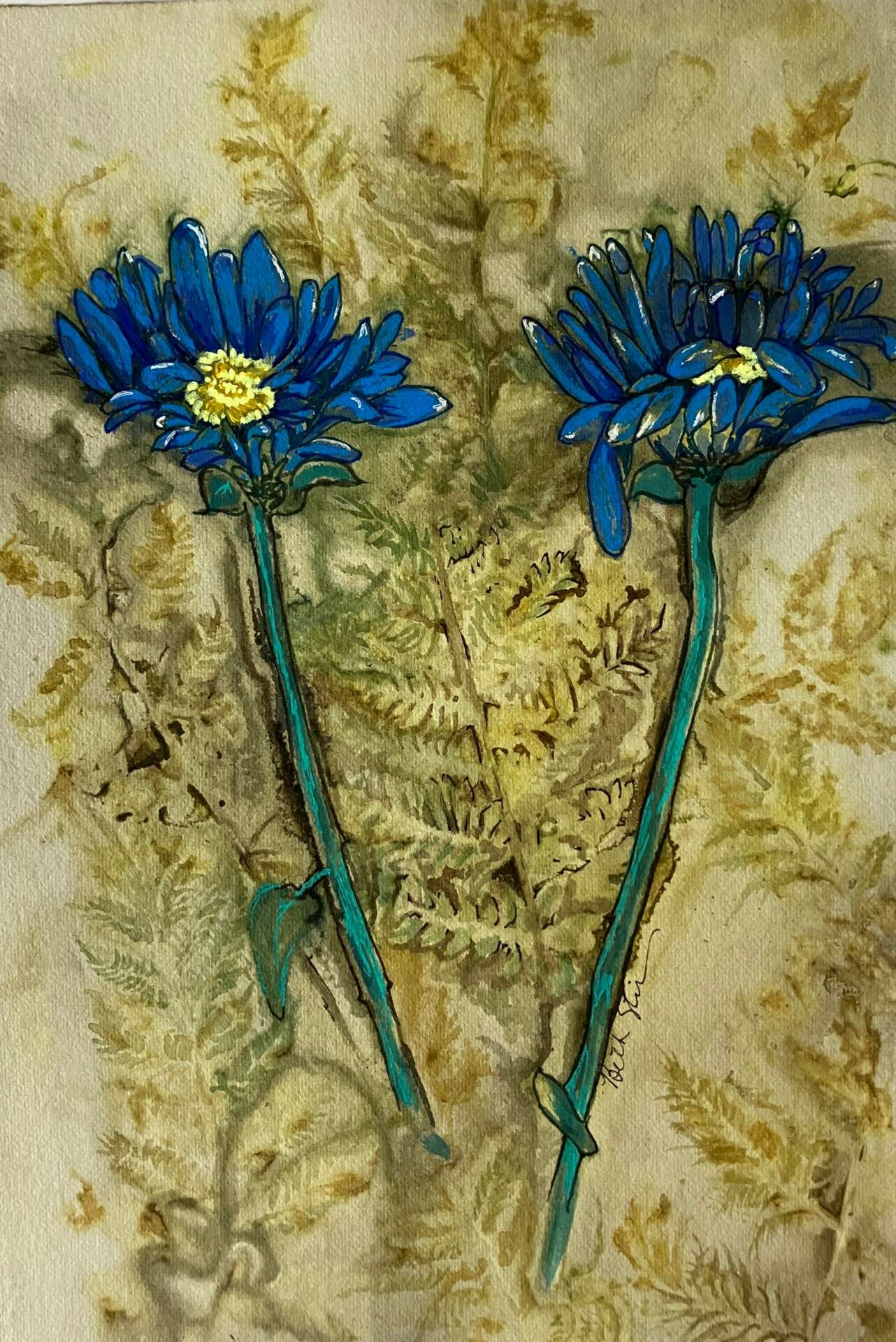

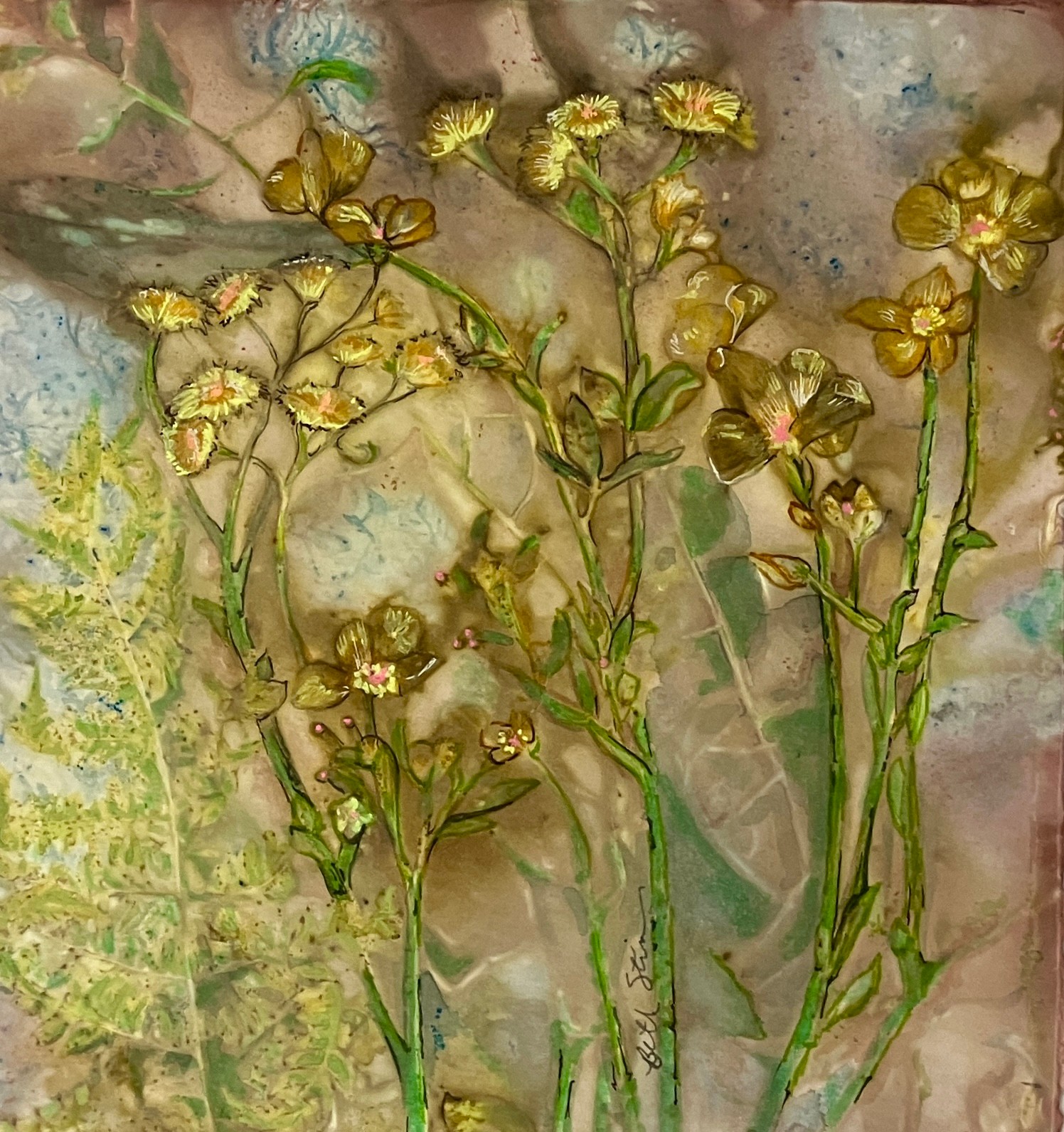
Can you tell us about a time you’ve had to pivot?
My journey as a creative has been all about pivoting. First, from a visual artist to a teacher, next from an analog world to a digital one, then becoming an instructional designer, and finally back to a visual artist. My goal has always been to achieve a balance in my life between making a living, having a family, and using my creative abilities. One of the most recent, and perhaps one of the hardest, pivots in my career has been moving from the academic and software development worlds to the contracting and construction worlds.
For the majority of my career, I had been working at colleges or universities and at software companies that serve the education and communication industries. When the company I had been at for almost a decade was acquired by a larger company, the writing was on the wall, I knew I had to find another place to land. I first joined a contracting firm to build cyber security training for the military (boy, that was scary) and then joined a construction trade association to build safety training. I had to learn a vast amount of new technical material and translate it into educational content. At both places I was a unique creative that did not share a background or education with anyone else. I felt out of my depth. Just trying to learn all the acronyms was daunting. Some days I felt like a three-year-old, asking, “what does this mean?” 50 times a day.
While the cyber security gig didn’t last, I’m still at the construction trade association (nine years!) building safety training for workers. It’s challenging and yet deeply gratifying to know I contribute to making a dangerous job safer for everyone. I think the secret to pivoting is flexibility and curiosity. If you are curious about the world, you ask questions, you find answers, and you keep your knowledge of the world current. You try new things. I climbed in and out of huge construction equipment to experience what is like for drivers and operators. I have toured infrastructure projects, while wearing a hard hat, safety goggles and ear plugs, experiencing what it’s like to work in a noisy, dirty, and dangerous place. If you are flexible, you can take opportunities to learn new skills and apply them to different situations. You can visit locations and change schedules to fit the needs of both family and clients. And you can discard what doesn’t work and seek solutions that do work.


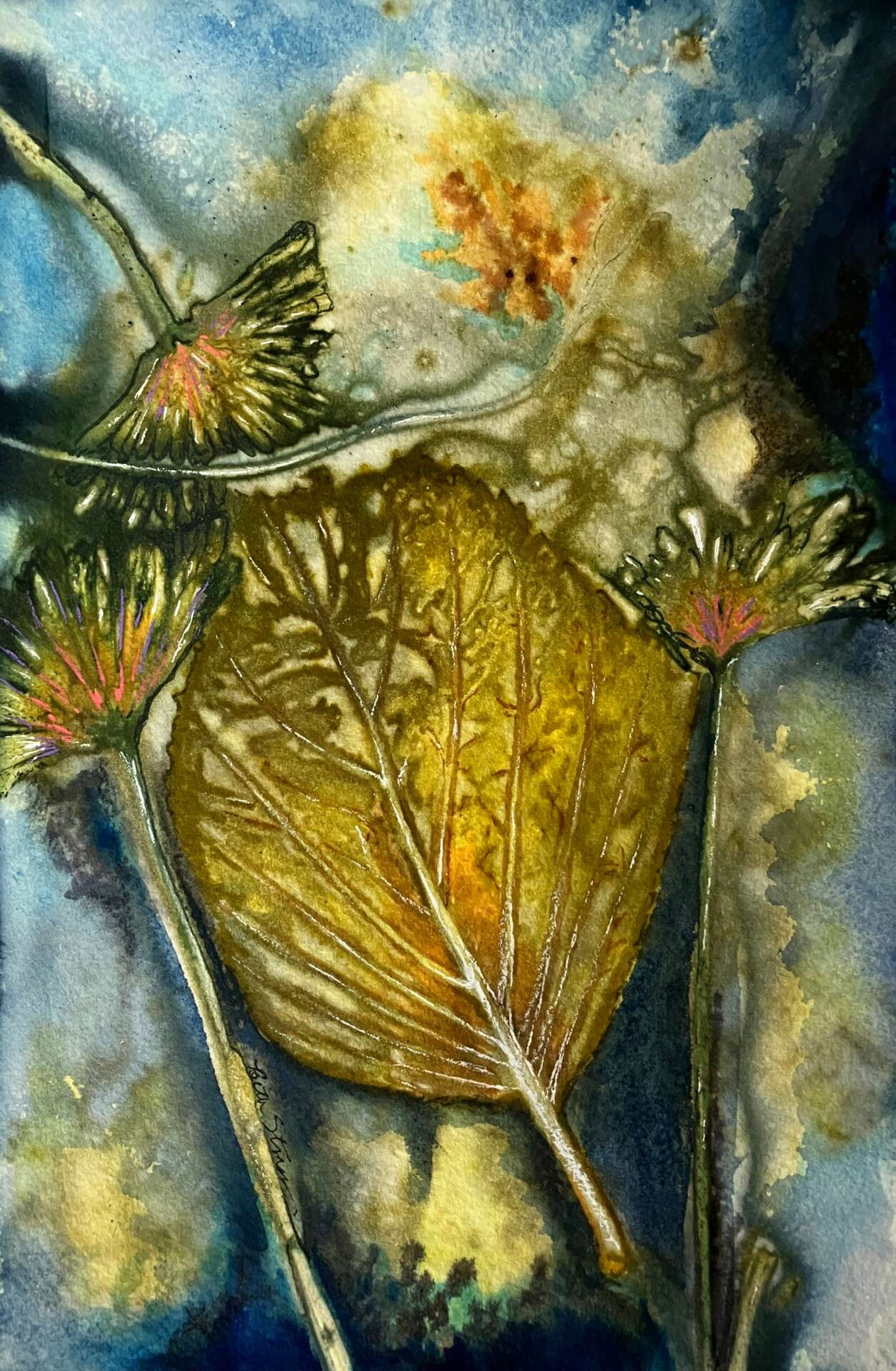
How can we best help foster a strong, supportive environment for artists and creatives?
I think there are many opportunities for society to support artists, creatives, and a thriving creative ecosystem. At the core, I believe building art – visual, musical, theatrical into our educational system beginning in kindergarten and continuing into high school is foundational to these goals. Young children are naturally creative and want to explore. Once they get into school the opportunities for creative expression are devalued and become “elective.” Appreciation for art then fades. Keep art, music, and theater programs alive in school. Fund them with some of the money that goes into big-time sports events.
Many children miss out on any exposure to the arts, simply because of their socio-economic situation. Like traveling libraries, a traveling art show, or theater production can bring exposure, appreciation, and participation in the arts. Programs at rec centers and other community places can offer a safe and inspiring place to explore art.
Create programs in high school and college that help artists and creatives learn how to establish a small business, qualify as a DBE (disadvantaged business enterprise) when applicable, bid on a contract, and apply for grants. Publish funding opportunities in places where artists and creatives are most likely to find them.
And as a community member, go to events! Attend open mic nights and see local bands. Go to community theater plays. Buy art from craft shows, farmers markets, and galleries. Take a class or give one. If you have a space to rent, give an arts organization a discount.
Contact Info:
- Instagram: https://www.instagram.com/stinsonb_75/
- Facebook: https://www.facebook.com/beth.stinson/
- Linkedin: https://www.linkedin.com/in/bethmacneilstinson/
- Twitter: not anymore
Image Credits
Portrait of me was taken by Kristel Penaso, my son’s fiancé. All other photos were taken by me.


